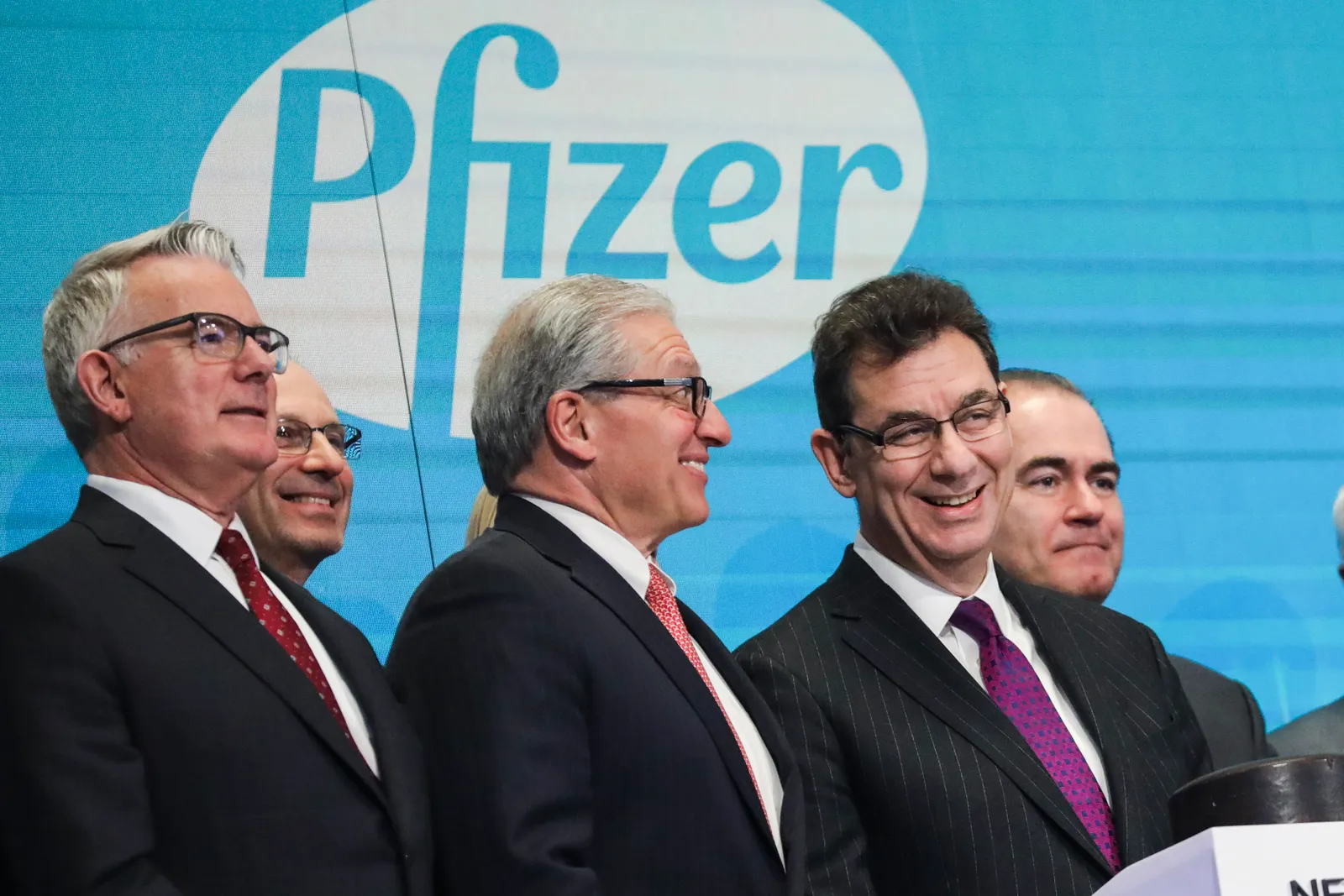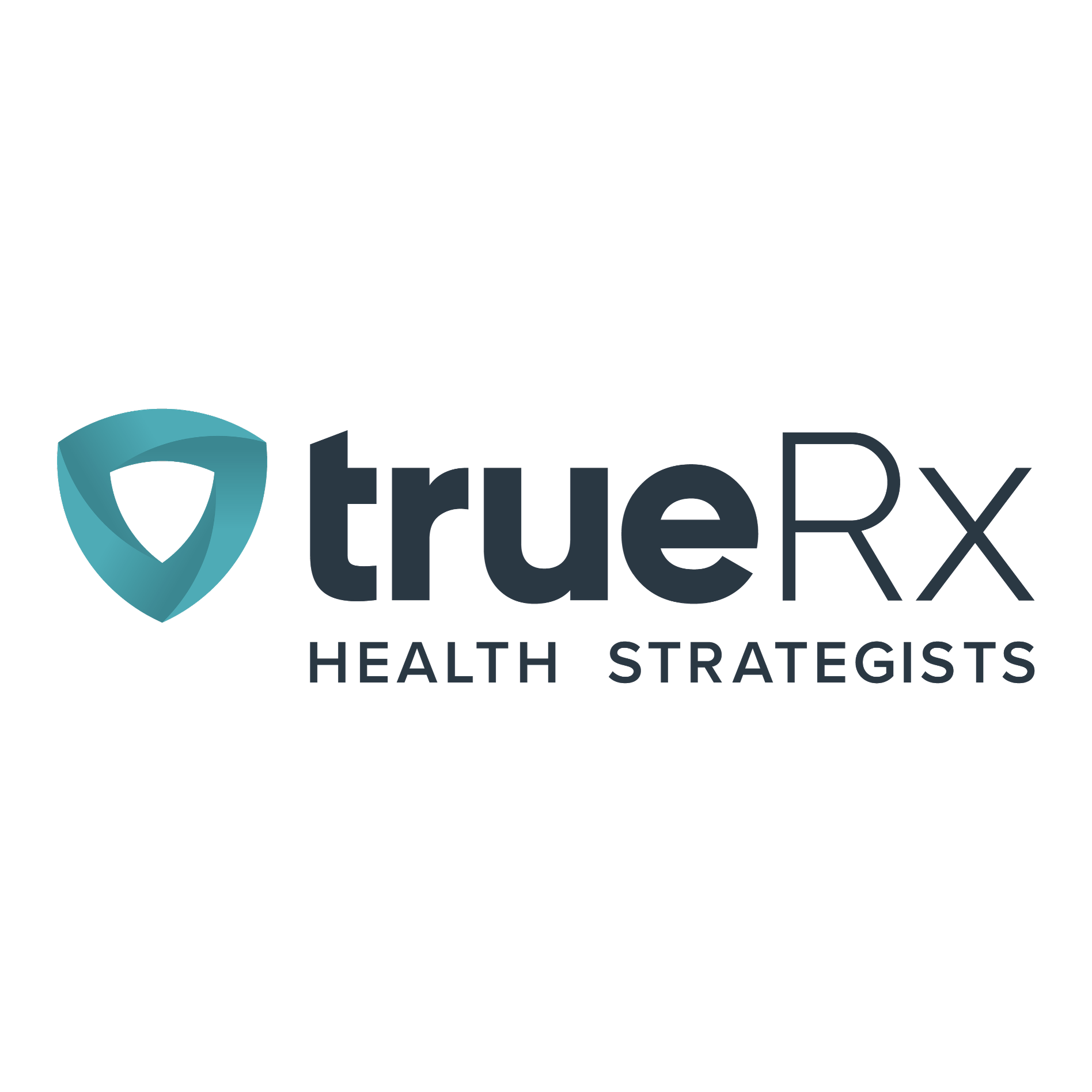Why do big companies make ambitious promises? Shareholder confidence and media hype certainly play a role, but failure is also a risk. For Tesla CEO Elon Musk, such promises are a dime a dozen, including one in 2017 that assured fully autonomous vehicles within the year. The innovation still hasn’t happened.
In the long-game world of pharma and biotech, where drug development and commercial ramp-up take years or even decades, communication of goal-oriented efforts is particularly crucial. From sales figures to R&D milestones to environmental protection, companies seeking to assure investors the runway is clear for the foreseeable future take matters into their own hands by setting concrete timelines.
This week, AstraZeneca embarked on a path to bring in $80 billion in sales by 2030. Achieving the ambition will require many moving parts to come together by then, most importantly a series of cancer drugs the company anticipates will achieve individual blockbuster status in the next few years.
Of course, the U.K.-based pharma giant is no stranger to deep-pocketed pledges. Under threat of a potential takeover by Pfizer in 2014, AZ CEO Pascal Soriot said sales would reach $45 billion by 2023, soothing shareholders with assurances that its cancer pipeline would pay off in the long run. Soriot scaled the target back to $40 billion just a couple years later, but, lo and behold, AZ still surpassed $45 billion in 2023 total revenue.
Will the company almost double that figure by 2030? Only time will tell, but Soriot’s naysayers might be less willing to come out of the woodwork this time around. That’s the power of a promise met.
Goals, meet reality
Johnson & Johnson is another pharma giant with bold ambitions — a self-imposed 2025 deadline to reach drug sales of $57 billion is quickly approaching, and it almost slipped through the company’s fingers.
Originally set at $60 billion but reduced due to currency challenges, J&J’s 2025 sales target was threatened by biosimilar competition encroaching on the megablockbuster immunology drug Stelara. But a legal settlement with biosimilar maker Amgen will keep the copycat off shelves until January 2025, giving the company a better chance to reach its goal.
During an investor call in April, Jennifer Taubert, worldwide chairman of innovative medicine at J&J said the company remains on track.

Pfizer has faced an uphill battle since sales of its COVID-19 vaccine tanked post-pandemic and several patent cliffs chipped away at revenue, costing what CEO Albert Bourla in 2022 told reporters could be as much as $18 billion between 2025 and 2030.
But at the same time, Bourla said the company plans to bring in $25 billion in additional revenue by 2030 through a series of acquisitions and pipeline advances. With cash in hand from its pandemic windfall, M&A has already proven successful as a path to moving the goal forward, with major deals like the purchase of cancer drugmaker Seagen already on the books.
A company like Moderna, with only one product on the market, has stayed away from the commercial goals set by some of its bigger pharma siblings and opted rather for a long-term R&D plan.
Moderna CEO Stephane Bancel in 2023 revealed a plan to launch as many as 15 new products and bring 50 drug candidates into clinical trials in only five years using the proprietary mRNA technology that brought one of the first COVID-19 vaccines to the market. The company has a number of programs in the works over the next couple of years, including an RSV vaccine that is set for U.S. approval in the first half of this year.
Environmental promises abound
With ESG investing on the rise, many pharma companies have established goals for sustainability and environmental protection. But like many other sectors, fulfilling those ambitious promises has been easier said than done.
Companies are struggling to keep up with the reporting necessary to reach sustainability goals, according to a 2023 study conducted by the University of Oxford. The researchers concluded the push to reduce emissions was driven mostly by external factors like corporate image and mandated reporting.
In 2023, a little over half of biotech and pharma companies had committed to the UN’s Race to Zero initiative, an agreement to reach net-zero carbon emissions by 2050, according to a report from My Green Lab.
Individual companies like Eli Lilly have made their own pledges to be carbon neutral by 2030. Pfizer plans to reach net zero by 2040, and most of the companies in the Big Pharma arena have a sustainability goal in place.




















